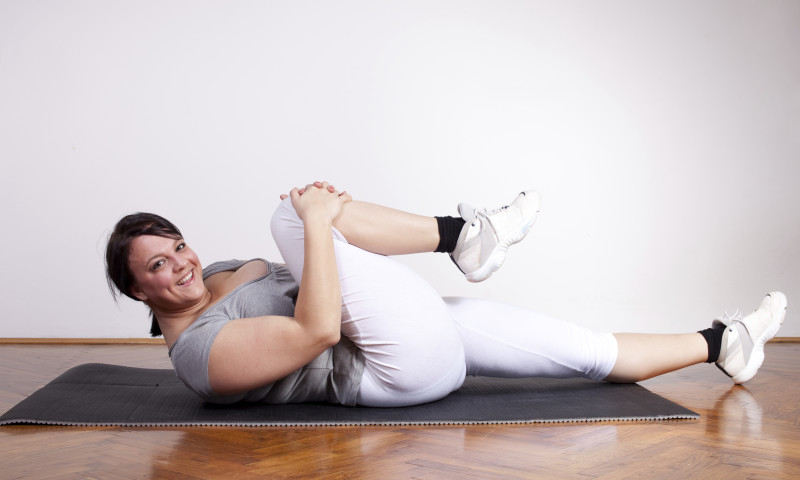Disclaimer: Consult with a healthcare professional before attempting any new exercise or routine.
Flexibility is one of the most overlooked factors relating to overall health and weight management. If bending over to touch your toes seems like a far fetched fantasy to you, know that improving your flexibility is possible! And no, we’re not talking about learning to twist your body into pretzel-like shapes that seem almost impossible. Improving your bending ability can be simply about strengthening tight, sore muscles and preventing injury from happening.
Why Flexibility is Important
As our bodies enter adulthood and continue to age, flexibility is often one of the first things to go. It requires life-long work to care for our muscles and keep our joints mobile, especially when living in a sedentary world. Flexibility can help us to:
- Prevent everyday injury and illness
- Improve our posture
- Lengthen your muscles
- Build and support functional movement
- Increase calmness, relaxation and confidence
- Improve athletic and sport performance
Tips for Increasing Flexibility
Work on Strength as Well
Strength and flexibility go hand in hand. The flexibility of a muscle is very dependent on the strength of that muscle. If you are trying to improve your flexibility around a specific joint but the surrounding muscles are weak, you may make yourself more prone to illness and injury. While you work to improve flexibility, also focus on small ways to improve muscle strength.
Stretch Daily, All Day
Many people skip this part, especially if they’re in a hurry to begin a workout, end a workout or simply move on with their day. Make stretching a habit in your everyday life. Wake up and stretch. Stretch before you exercise. Stretch after you exercise and throughout your entire day. Then, stretch before bed. Your body will be quick to absorb this healthy habit.
Vary Your Stretches
Don’t just stick with the same stretches all day, every day. Add some variety into your routine. This will help work all areas of your muscle groups to ensure you are promoting flexibility and range of motion in as many places as possible. There are simply hundreds of muscles in your body, and you cannot reach them all with the same calculated stretching exercises.
Read Your Body
This may sound like an airy tip, but your body will tell you when it needs to be stretched and paid attention to. Have you ever been sitting at a desk for a long period of time and began to experience sharp aches and pains? This is your body signaling to you that it needs some work. Get up, go for a walk, practice some easy stretches and repeat.
Focus on Lifestyle Changes
Beyond stretching, simple lifestyle changes can have a tremendous impact on your flexibility and range of motion. Such lifestyle changes including eating a proper diet rich with vitamins and nutrients, staying hydrated, exercising frequently and avoiding alcohol, smoking and drug use. Your body is an intricate, interdependent system that requires round-the-clock care.
Conclusion
No matter your age, range of motion or level of flexibility, you can always work to improve your flexibility and promote overall health and wellness. However, don’t rush the process. Listen to your body and determine what you can accomplish at that moment in time. Everything is a process, and you don’t want to injure yourself by doing something that is beyond your ability at this point in time. And remember, always consult a healthcare professional if you have specific concerns and need additional guidance.






